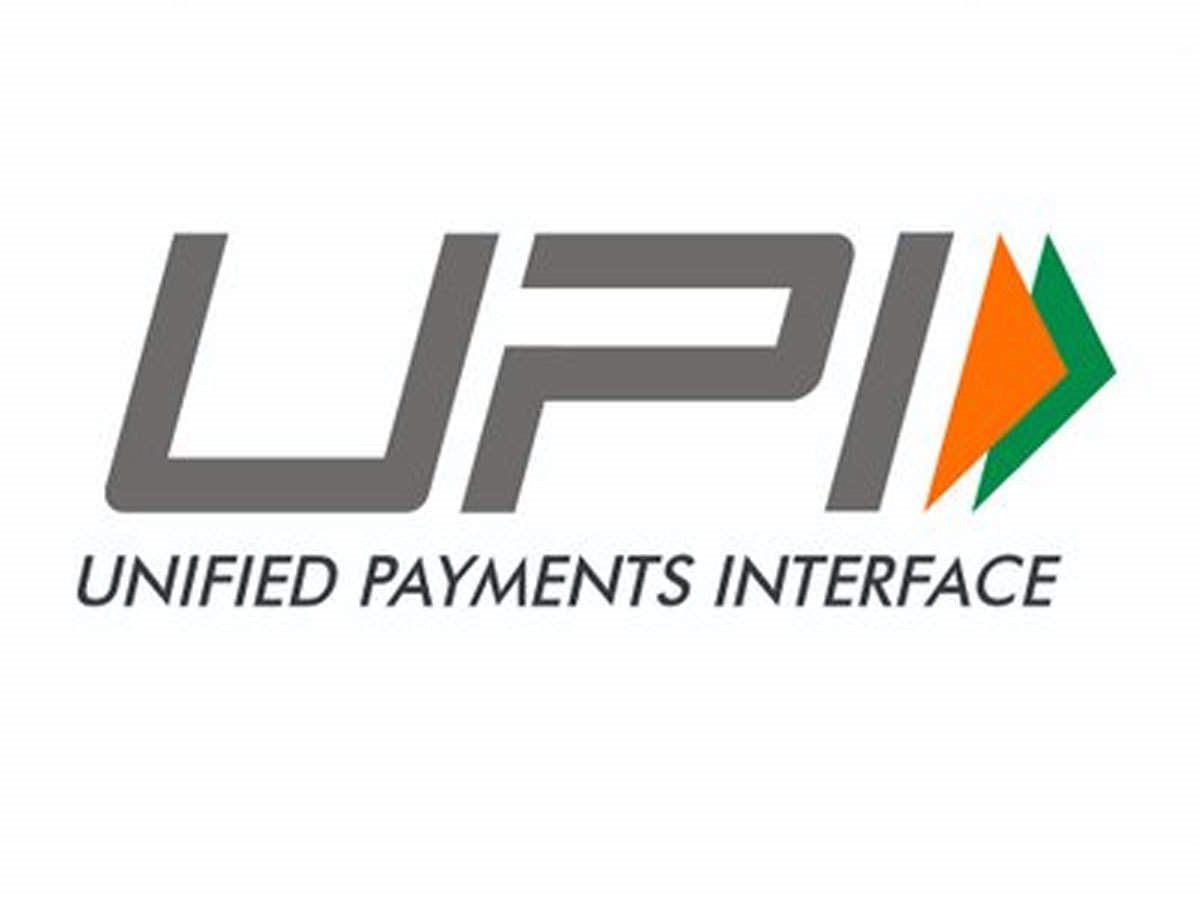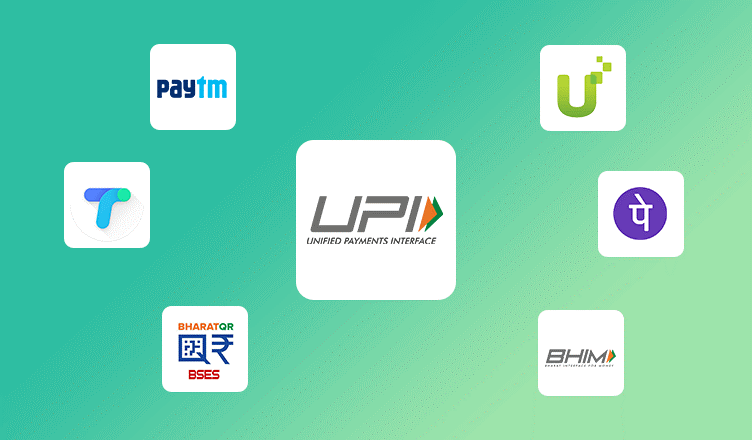Others
From Local to Global: How India’s Digital Payment Revolution is Inspiring the World
India’s digital payment innovation is a game changer for the economy
Posted On: 19 MAR 2023 11:43AM
In a country which is deeply conservative and traditional, a quiet revolution is underway, attracting little attention, but with deep implications for the India economy. In January this year, about eight billion (800 crore) transactions worth nearly $200 billion ( Rs. 2 lakh crores approximately) were carried out on the Unified Payment Interface (UPI). Today 40% of all payments done in India are digital, says Mr. Dilip Asbe, the managing director of the National Payments Corporation of India, which oversees the platform. The system has grown rapidly and is now used by close to 300 million individuals and 50 million merchants, Mr Asbe said. Digital payments are being made for even the smallest of transactions, with nearly 50 percent classified as small or micropayments: Rs 10 for a cup of milk chai or Rs 200 for a bag of fresh vegetables. That is a significant behavioural shift in what has long been a cash-driven economy.

India has built a homegrown instant payment system that has remade commerce and pulled millions into the formal economy. The foundation of the “digital public infrastructure” was laid by the government and built upon by a robust Public Private Partnership. The value of instant digital transactions in India last year was far more than in the United States, Britain, Germany, and France. “Combine the four and multiply by four — it is more than that,” as Indian cabinet minister Mr. Ashwini Vaishnaw, told the World Economic Forum in January. It has made daily life more convenient, expanded banking services like credit and savings to millions more Indians, and extended the reach of government programs and tax collection. The Prime Minister has described the digital payment ecosystem to the G20 Finance Ministers as a free public good that has radically transformed governance, financial inclusion and ease of living in India. The digital infrastructure is seen as a set of ‘rail tracks’ laid by the government, on top of which innovation can happen at a low cost.
With this network, India has shown, on a previously unseen scale, how rapid technological innovation can have a leapfrog effect for developing nations, spurring economic growth. It is a public-private model India wants to export as it fashions itself as an incubator of ideas that can lift the world’s poorer nations. At the heart of this initiative is the famed JAM trinity – Jan Dhan Accounts, Aadhar and Mobile, the three pillars that revolutionised the entire economic ecosystem of India. The first pillar, PM Jan Dhan Yojana was started with the aim of financial inclusion to ensure access to a bank account for every adult Indian. As of 2022, 46.25 crore bank accounts have been opened, with 56% belonging to women and 67% opening in rural and semi-urban areas amounting to Rs. 1,73,954 crore. The second pillar of Aadhar transformed identity services. Aadhar ID can be used for digital authentication through two-factor authentication or biometric IDs. Aadhar-led authentication has become an enabler for institutions like banks and telcos. Today 99 per cent of adults have a biometric identification number with more than 1.3 billion IDs issued. The IDs eased the creation of bank accounts and became the foundation of the instant payment system. The third pillar is that of Mobile, which showcases the core digital innovation in India’s telecom sector. After the disruptive entrance of one private company in 2016, the cost of data dropped by 95%. It led to every Indian having low-priced and easy access to the internet. This catapulted verticals such as e-commerce, food delivery, and OTT content to takeoff in India. Most importantly, it made the digital payment system accessible to the last and the least in the remotest regions of India.

With telephone companies enabling internet access and smartphone penetration increasing, along with the spread of financial inclusion through Jan Dhan, enabled by Aadhar authentication, the Indian payments ecosystem underwent a paradigm shift. This paradigm shift led to the conceptualisation of the Unified Payments Interface (UPI) which has supercharged India’s transition to non-cash payments by facilitating direct payments linked to a bank account. UPI is a public-private partnership (PPP) that the National Payments Corporation of India (NPCI) led with an interoperable platform. The platform offers services from hundreds of banks and dozens of mobile payment apps, with no transaction fees. FinTech, banks, and telcos have adopted this platform and have further driven UPI growth through QR code placements at merchant point-of-sale (POS). The demonetisation drive to eradicate black money and the social distancing norms during the pandemic also created a push toward the digital payment infrastructure.

On the robustness of the digital payment system, Mr. Amitabh Kant, G20 Sherpa, said that the government has struck the right balance between privacy and innovation. “We said that the data belongs to the individual and that he has the right to give consent for every transaction that he undertakes,” he said. Even in sectors that have not yet adopted digital payments, like the fishing industry in the southern state of Kerala, the basic pillars of the digital infrastructure — the identity number, bank accounts, and mobile phone apps — have made it easier to deliver services. The success of the digital payment system, however, lies not just in the robustness of the digital payment infrastructure but also in the behavioural nudge that encouraged people to switch from cash to digital. Like any behavioural change, it had to be based on trust and accessibility of the system through insightful innovations that ensure its relevance to its core group.
These include small and interesting innovations like small voice boxes provided by payment apps, that are a fixture at snack carts and tea stalls, where vendors are too busy to check phone messages after every small transaction. A Siri-like voice declares how much money was instantly received with each payment by QR code. This has helped bridge mistrust among merchants long used to cash transactions. Another important factor in this massive behavioural change has been a change in the outlook and consumption pattern in the Indian market. India, a fast-growing economy, is witnessing changing consumer preferences due to rising disposable incomes. The Indian market is witnessing a ‘premiumisation’ trend.
It can be most acutely observed in the smartphone sector where consumers are willing to pay up for better-looking models with richer features. According to Counterpoint, the market share of the sub-$120 phones in India fell to 26% in 2022 from 41% two years ago. And premium phones - priced above 30,000 ($360) - saw their share double to 11% in the same period. Finance product innovations like loans for phones have brought premium phones within the reach of the masses even in small towns. This has been possible due to the breadth of financial inclusion piggybacked on Aadhar authentication and mobile internet use. India’s digital payment ecosystem is a classic example of ecosystem thinking where underlying core assets and capabilities were strengthened which had a positive spill-over effect. This, in turn, revolutionised business, entrepreneurship as well as consumption patterns in India making India’s Digital Payment Ecosystem a game changer and a global inspiration.
Truly, India’s digital miracle is now the most-commented upon and watched facet of its economy today, demonstrating how massive behaviour change is possible with “nudges”.
***************
Written by : BN/ PIB Research Wing
References:
Where Digital Payments, Even for a 10-Cent Chai, Are Colossal in Scale – March 1, 2023
Digital Evolution And How It Differs Across America,China And India – March 6, 2023
Xiaomi's slow shift in India to premium smartphones helps Samsung steal its crown – March 16, 2023
Pradhan Mantri Jan Dhan Yojana (PMJDY) - National Mission for Financial Inclusion, completes eight years of successful implementation – August 22, 2022
For more information:
Transforming India's Digital Payment Landscape – October 3, 2022
UPI: Transforming India’s Digital Payment Landscape
Rise of a New Era in Digital Payments – November 2, 2021
(Features ID: 151350)
आगंतुक पटल : 5
Provide suggestions / comments